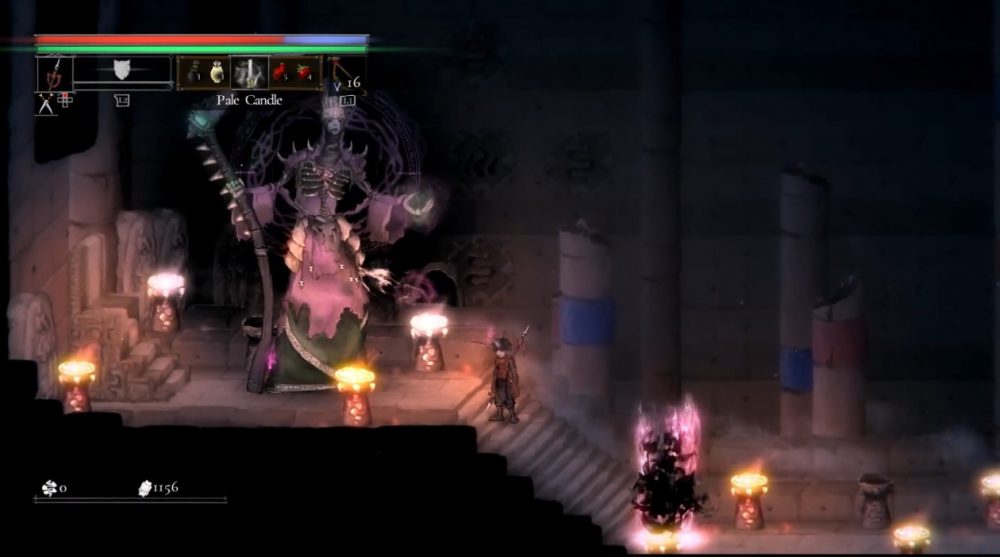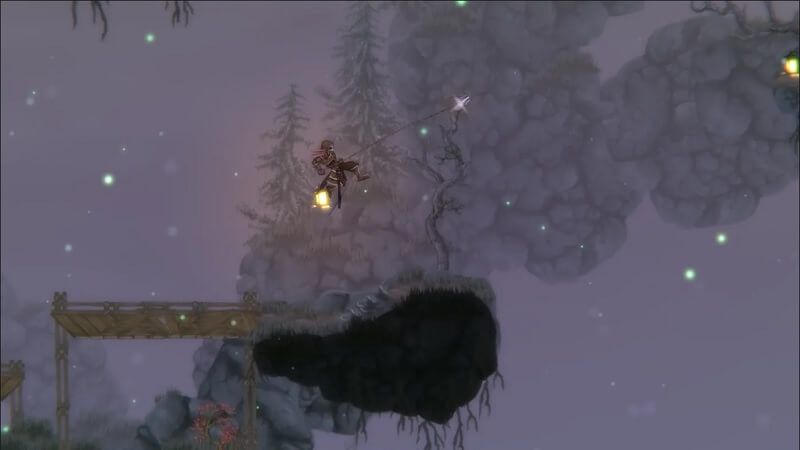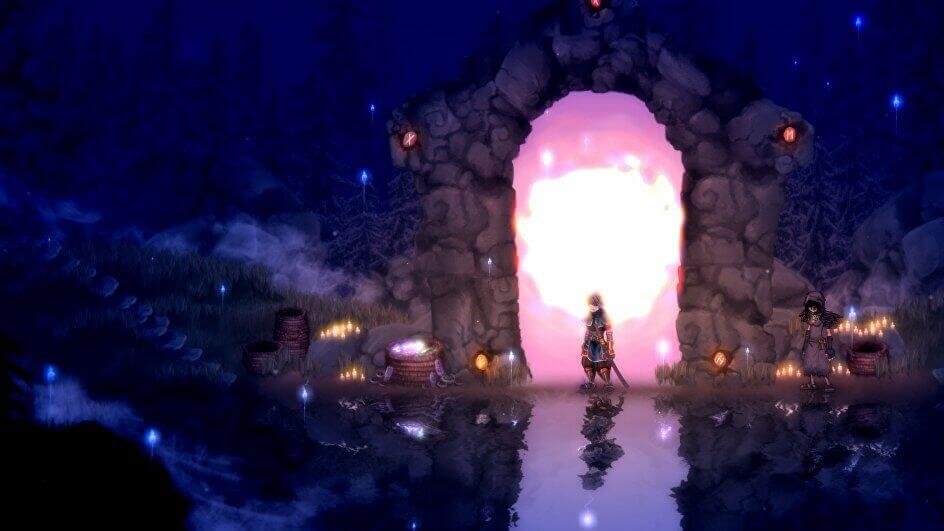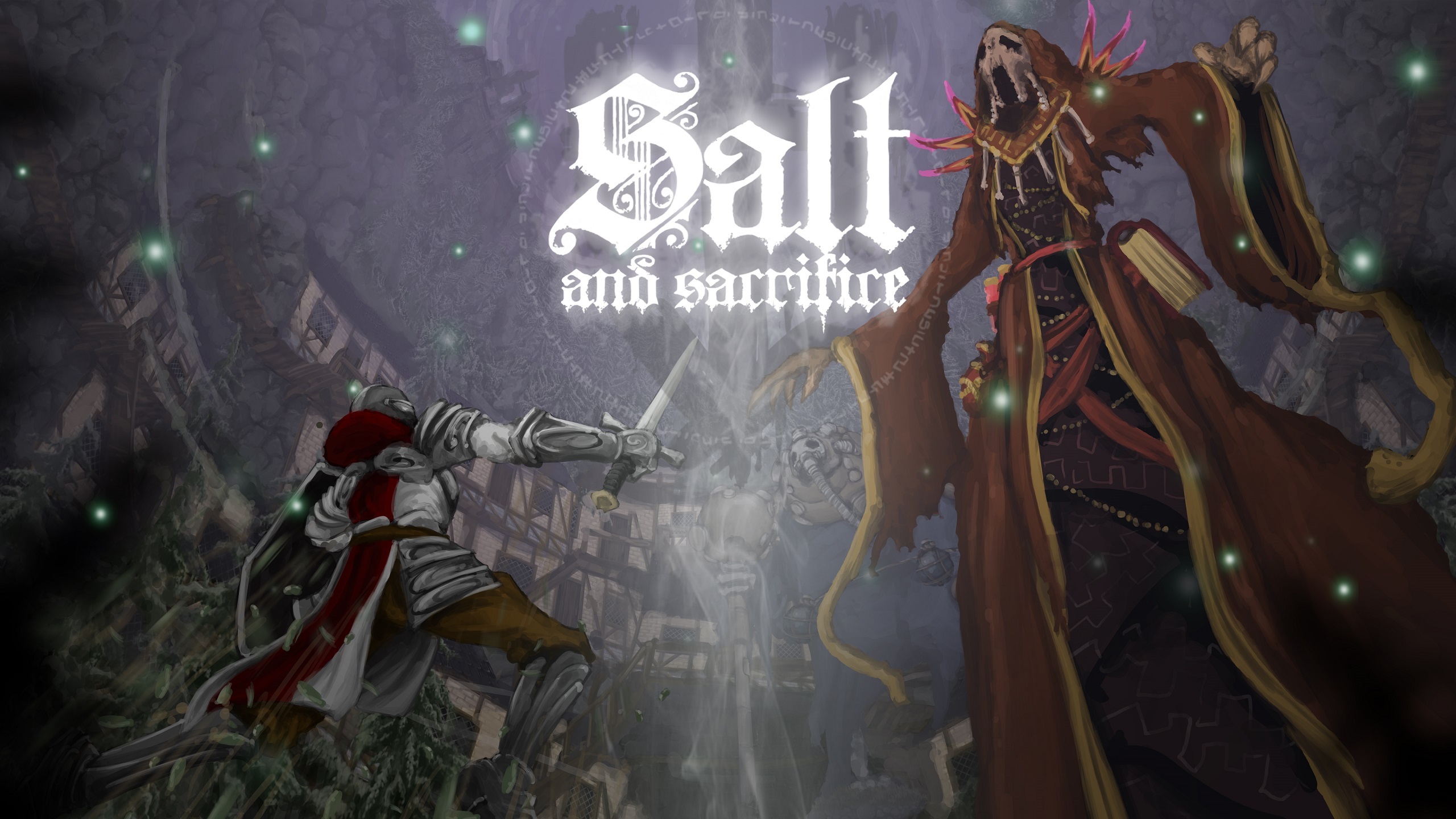A few years ago, Ska Studios debuted Salt and Sanctuary. This indie game side scroller with a Soulsborne theme mostly received positive reviews during its release. Six years later, Ska Studios released Salt and Sacrifice, the sequel to Salt and Sanctuary. So if you’ve played the first installment of the series, you’ll find similarities in the new game. Moreover, Salt and Sanctuary seemingly deliver on everything that made its predecessor a worldwide success.

Salt and Sacrifice – a Brief Introduction to the Story
Salt and Sacrifice still feature the same elements as its predecessor. So the game still boasts knavish game mechanics, an interlinked world map, nefarious foes, and an enormous skill tree. To make things fresh, Ska Studios included new additions and tweaked the existing ones. Salt and Sacrifice is a 2D platforming marvel that anyone playing can notice that it’s reminiscent of the gloomy, deadly universe set in games like Dark Souls and Demon Souls.
Now that Salt and Sacrifice has been released, note that it’s not entirely a sequel to Salt and Sanctuary. Both games have similarities in story and elements but offer very different experiences. We are talking of elements like misty caverns covered with wretches pigging out on cadavers and crumbling castles.

The Merciless Embodiment of Salt and Sacrifice
In a land plagued with powerful and twisted Mages, you take the role of a Marked Inquisitor on the hunt for these Mages. Your once-peaceful nation has been plunged into chaos as encroaching waves of Mages wreak havoc in your kingdom. Furthermore, this merciless embodiment of Salt and Sacrifice is where the story revolves around.
As with other role-playing games, you start off with character creation and choose your job from a variety of job classes available. After choosing your class and choosing what crimes you were suspected of, you will be briefed about the game’s controls and combat system. Basically, you’ll learn about attacking, defending, and dodging. Additionally, you’ll equip your character with different weapons and special skills according to class.
Gameplay
After tweaking your character’s looks, your newly christened Marked Inquisitor wakes up in a safe encampment. Several Mages surround the area and the only way you can take them down is by gorging their hearts. It could be gross to the faint of heart but it actually makes sense in dark games such as Salt and Sacrifice. Furthermore, your character will be equipped with a decent weapon that you can level up. Or you can craft better ones because the stronger, the better.
Salt and Sacrifice pretty much revolves around combat. The Marked Inquisitor already possesses wall-jumping, grabbing, and pulling-up skills. And when the first dungeon boss has been defeated, you’ll earn a grappling hook that you can use to latch onto selected locations with scenic views. The interconnected world map makes it easier to navigate from one place to another. However, you have to be cautious and avoid instant death from falling.
Enemies are also not as nimble as you but still have decent jumping mobility. As mentioned, death is quick in Salt and Sacrifice. Every time you defeat wicked fiends hones your knowledge of their attack patterns, which means that your character gets better at dodging, blocking, and counter-attacking the same species.

Is Salt and Sacrifice Worthy to Play as a Sequel?
Fans of Dark Souls would attest to the deep similarities to Salt and Sanctuary and even Salt and Sacrifice. Moreover, there’s a reason that the latter has been dubbed as a 2D clone of Dark Souls. For instance, you’ll find similar things like rest stations which not only fill up your healing flasks but also reset enemies here. Additionally, the requisite to survive long enough to gain the same experience points that were lost from when you died plus the long combat and grinding are the same mechanics as that of Dark Souls.
The visual aspects of Soul and Sacrifice are underwhelming if you compare it to its predecessor, Salt and Sanctuary. Whereas the latter maintained a suspenseful atmosphere from the get-go with boss fights that are jaw-dropping and startling whenever they emerge; the former is much less mysterious and unalarming. On the contrary, its background sound is impressive; thanks to the subtle music ebbing and flowing plus the gorgeous ambient soundscapes. Therefore, sound effects every time your character makes movements like jumping, running around, and grappling are also gratifying to the ears.
Perhaps the best aspect of Salt and Sacrifice lies in the character’s growth mechanics. In fact, it features a node-based skill tree and upgrades the web that is similar to the license board system of Final Fantasy XII from the Final Fantasy franchise. In addition, players can earn more materials after fighting elemental-based foes; which you can also exchange for the same elemental weapons. Therefore, allowing you to strategically design your next combat in the game.
The Bottomline
Overall, Salt and Sacrifice is a good game especially if you have not tried playing Dark Souls and other similar-themed sidescrollers. But if you came from trying out Salt and Sanctuary, you will notice significant differences. And we’re talking of differences that mostly could break your interest in continuing Salt and Sacrifice after at least 10 hours of gameplay. But if you want to know more about this game, stay tuned here in PlayPC.




